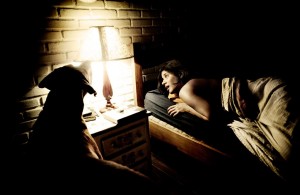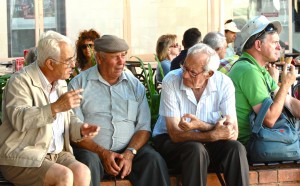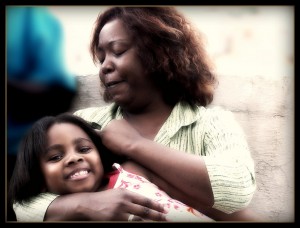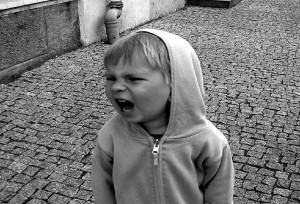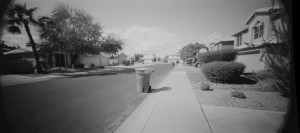
I almost included a picture of a lotus pod (a potential trigger), but I thought that was cruel. Here are some cute puppies instead.
Earlier today, I was microwaving a leftover piece of salmon. When the salmon came out of the microwave, my entire body convulsed in a wave of fear and disgust. Little air pockets had formed on the edges of the salmon, giving the appearance of miniature tumors growing out of the piece of fish. Even now as I write this post, I am shuddering at the mental image.
Sounds pretty ridiculous, right? I have similar reactions to a host of other things – potato eyes, groups of large pimples, animals that have really noticeable pores. For a long time, I thought it was just a very peculiar personality quirk. But it appears that there may be something more to this intense aversion than I’d thought. My extreme reaction to these oddities indicates that I may be suffering from trypophobia, an intense fear of clusters of holes, bumps and other shapes.
I can trace back my own trypophobia to this awful children’s nature show I was watching one day at the age of 8 or so. In this particular episode, they were highlighting a species of frog (or some other amphibian) that lays eggs in the skin of its mate. The baby frogs pop out of pores in the parent’s back when they mature. EW. EW. EW. Ever since then, the idea of things growing on other things or holes in skin really, really, really creeps me out. Did I mention EW?
Here are some other things that may elicit a visceral response if you have trypophobia: wasp nests, ant holes, bubbles in dough, crumpets, lotus seed pods, bug tunnels, Aero bars, pockmarks, and Swiss cheese. You can check out this article in Popular Science for pictures of potential triggers. Be warned: I started crying after a minute of watching the video at the end. It’s not for the faint of heart.
At first I thought this was a big joke – it sounds too bizarre to be a real affliction. But specific phobias are actually quite prevalent, estimated to occur in about 5.3% of U.S. adults at some point in their lives. More common specific phobias include arachnophobia (fear of spiders), acrophobia (fear of heights), and of course, agoraphobia. But beyond the common specific phobias lies a list of hundreds (maybe thousands) of uncommon phobias ranging from fears of clowns to fears of particular numbers.
While trypophobia is not officially recognized by the Diagnostic and Statistical Manual of Mental Disorders, it has a definite online presence. The condition has a dedicated Facebook page with over 7000 members and an active online forum. Maybe some day the American Psychiatric Association will recognize trypophobia as a psychiatric illness. For now, we will have to rely on online communities for support.
An affliction like trypophobia brings up an interesting issue in modern psychiatry – when does a behavior transcend the line of normalcy and become pathological? In other words, when is a phobia considered an illness and when is it just a personality quirk?
The DSM of the American Psychiatric Association stipulates that a condition must interfere with day-to-day life before being considered a psychiatric illness. In my case, trypophobia does not really interfere with the inner workings of my life. Clusters of holes and other shapes don’t actually prevent me from doing anything. I may experience extreme discomfort when I see these images, but at the end of the day, it’s not really something that I think about very often.
But that’s just my experience. For many people, trypophobia could become an incredible burden. We all experience the world in very different and unique ways; the experience of mental illness is no different.
Do you suffer from trypophobia? I’d be interested to hear your reactions to some of the triggering images. I know I can’t look at a lotus pod seed for more than a couple seconds without having an intense visceral reaction.


